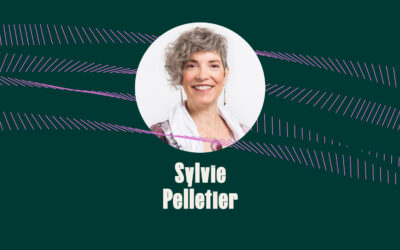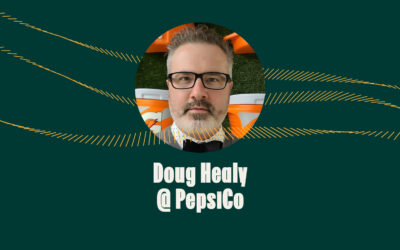
As Founder of Customers Who Click, Will Laurenson works in conversion rate optimization (CRO) for some well-known DTC brands, and having him on the podcast this week was fascinating.
Tune in to this episode to get details about:
-
How Will uses a particular framework to address common conversion rate issues
-
The types of research tools and methodologies Will employs to better understand consumers
-
Which DTC companies are slaying the conversion game
-
The specific trends in DTC that mean his line of work is particularly important right now
A Few Highlights From the Episode:
Meagan: How is business? Do you think companies are embracing CRO?
Will: Most companies aren’t doing CRO, okay. Some might be doing a little bit of A/B testing, but it’s not really CRO. It’s just the one off tests on A/B testing tools on something that’s come up. But very few are doing it with data and research-backed insights with a proper CRO process behind it.
On the email side, the vast majority of companies still just ask for name and email in exchange for a 10% code. You can’t do anything with that data apart from let you just email this person. You’ve got no idea why they’ve signed up, what they want, what products they’re interested in, when they’re looking to purchase. So without that data, you could only provide them a generic welcome series, which you know they still do okay, but you’re going to do ten times better if you ask a few more questions.
You gathered a little bit of data from these people and you start to segment them and if you can say, “Well, I know that you’re interested in men’s products versus women’s products” or “you have these particular pain points”. You know, if you’re in health and nutrition, this person might say… so a good example of this is actually Noom, the fitness app, they have an onboarding process which asks you loads of questions. But the very first question on the homepage is, “are you looking to lose weight or get healthier?”, or something like that. And I think one’s diet, one’s exercise, I think is the way they do it. So it’s stuff like that. You know, what is your goal.
This could be applied to so many like edible or drinkable or consumable products. There’s going to be loads where you could say to this person, what is your interest in buying these products? We’re getting loads of high protein cereals and things and low sugar. So is your motivation for buying that because you don’t want cereal with sugar? Or is it because you want cereal that’s high in protein? Those two people are going to respond to slightly different messages. I mean, the person who wants high protein probably still doesn’t want sugar, but the person who wants no sugar may not care about the protein.
Find the rest of the episode here.
If you want to connect with Will, feel free to reach out to him on LinkedIn.
Subscribe to Dig In on your favourite podcasting platform and follow us on LinkedIn to keep an eye on more episodes.


